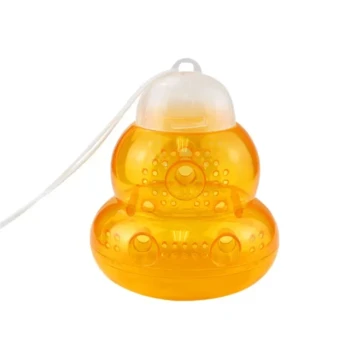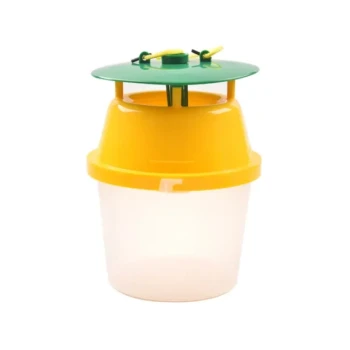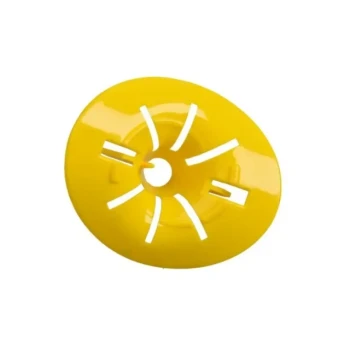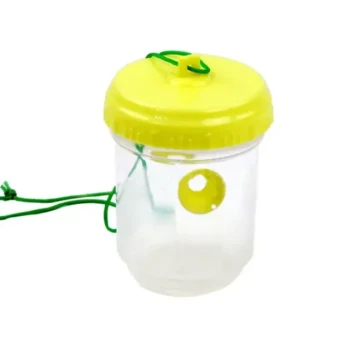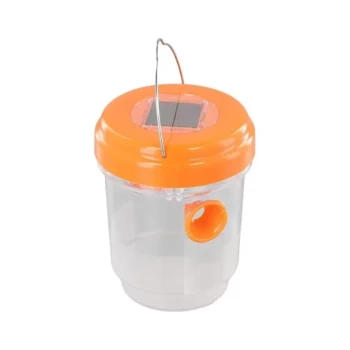To properly install a hive beetle trap, you must select an appropriate trap, fill it with a trapping agent like mineral oil, and place it in a high-traffic area where bees will chase beetles into it. The most critical step is ensuring the trap sits perfectly flush with the surrounding equipment, typically between the top bars of two frames in the upper brood box.
The core principle of successful hive beetle trapping is not just luring the beetles, but using the bees’ own defensive behavior to your advantage. Proper trap placement creates an inescapable dead-end that your bees can use to corral and eliminate beetles.
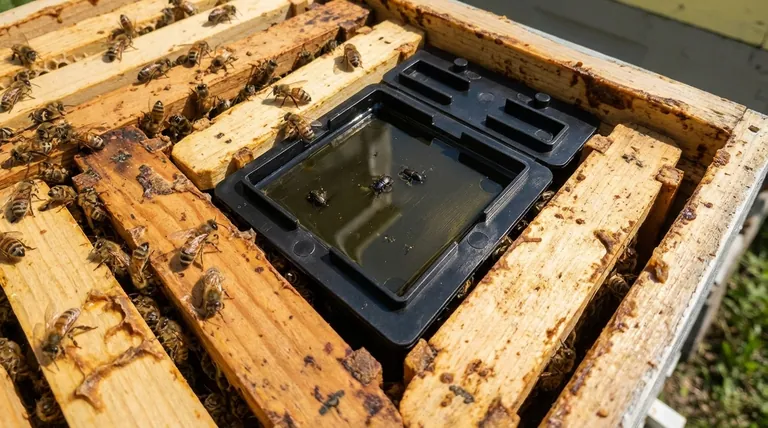
The Core Principle: How Beetle Traps Work
Small Hive Beetles (SHB) are a pervasive pest, but a healthy colony has a natural defense mechanism. Understanding this is key to using traps effectively.
Leveraging Bee Behavior
Your bees instinctively dislike hive beetles. They will actively chase them, attempting to harass them and drive them out of the hive or into corners.
Effective beetle traps are designed to be placed in these high-traffic areas. The bees do the hard work of herding the beetles into the trap.
The "No Escape" Mechanism
Once a beetle is chased into the trap's reservoir, it becomes submerged in the trapping agent.
Common agents include vegetable oil, mineral oil, or diatomaceous earth. These substances either drown the beetle or damage its exoskeleton, making escape impossible.
A Step-by-Step Installation Guide
While there are many trap designs, the installation principles remain the same.
Step 1: Choose the Right Trap
Traps generally fall into two categories: in-frame traps that sit between frames, and bottom board traps that slide under the screened bottom. In-frame traps are often the most effective first line of defense.
Step 2: Prepare the Trap
Carefully fill the trap's reservoir with your chosen agent. A common and safe choice is non-rancid vegetable oil or food-grade mineral oil.
Fill it about halfway to prevent spills during installation, which can be harmful to your bees.
Step 3: Ensure Critical Placement
The most common and effective placement is in the upper brood box, between two of the outer frames (e.g., between frames 1 and 2, or 9 and 10). Beetles often try to hide in these corners.
The single most important detail is that the trap must sit perfectly flush with the top of the frames.
Common Pitfalls to Avoid
Improper installation will render your trap completely useless and may even provide a hiding spot for the very pests you're trying to control.
The "Gap" Mistake
If you leave any space between the top of the trap and the top of the frames, you have created a perfect hiding place for beetles.
Beetles will run underneath the trap to escape the bees, completely avoiding the reservoir. The trap must be level with the frames, creating a seamless surface.
Forgetting to Monitor and Maintain
A full trap is an ineffective trap. During a heavy beetle season, you must check, clean, and refill your traps regularly—potentially every one to two weeks.
A trap full of dead beetles can become a bridge for other beetles to walk across and escape.
Believing Traps Are a Silver Bullet
Traps are a crucial tool, but they are part of a larger pest management strategy. A strong, healthy colony is always the best defense against pests of any kind.
Making the Right Choice for Your Goal
Use trap placement and density as part of an Integrated Pest Management (IPM) strategy.
- If your primary focus is prevention: Place one or two traps in the upper corners of your top brood box and monitor them during routine inspections.
- If your primary focus is managing an active infestation: Increase trap density, placing them in any area you see significant beetle activity, and check them more frequently.
Ultimately, a well-placed beetle trap gives your bees the tool they need to effectively defend their own hive.
Summary Table:
| Step | Key Action | Critical Detail |
|---|---|---|
| 1. Choose Trap | Select an in-frame or bottom board trap. | In-frame traps are often the most effective first line of defense. |
| 2. Prepare Trap | Fill reservoir with a trapping agent (e.g., mineral oil). | Fill halfway to prevent spills that can harm bees. |
| 3. Place Trap | Position in the upper brood box between outer frames. | Trap must sit perfectly flush with the frame tops to prevent beetle hiding spots. |
| 4. Maintain | Check, clean, and refill traps regularly. | A full trap is ineffective; monitor every 1-2 weeks during heavy season. |
Protect Your Apiary with Professional-Grade Equipment
For commercial apiaries and beekeeping equipment distributors, effective pest management is non-negotiable for hive health and honey production. HONESTBEE supplies durable, reliable beekeeping supplies and equipment through wholesale-focused operations.
Let us help you build a stronger defense. Contact HONESTBEE today to discuss your wholesale needs and equip your operation for success.
Visual Guide
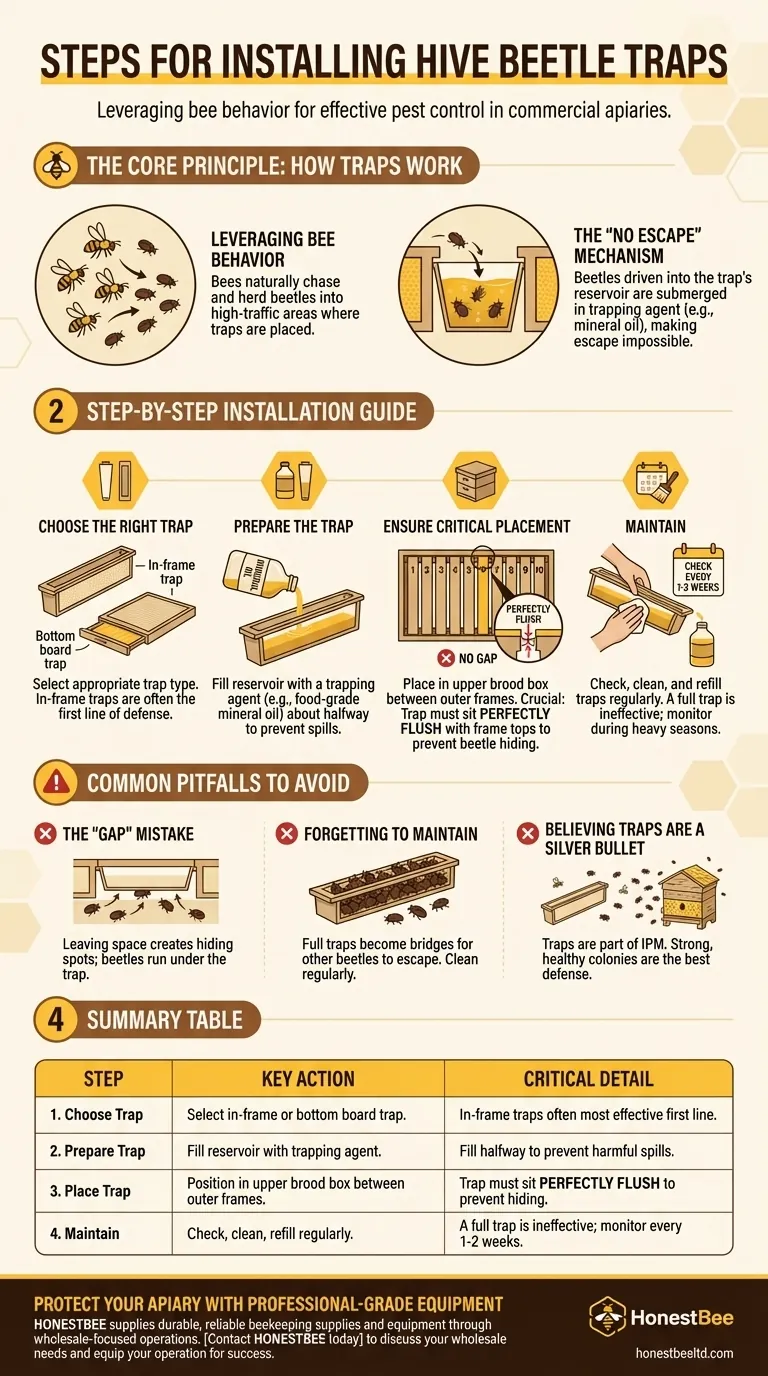
Related Products
- Black Plastic Beetle Barn Hive Beetle Trap for Beehives
- Reusable Clear Small Hive Beetle Traps for Beehives Beetle Trapping Tools
- Reusable Aluminium Beetle Trap for Small Hive Beetles Silver Bullet
- Removable Washable Hive Beetle Trap Attractants for Small Hive Beetles
- Plastic Beetle Blaster Trap Beekeeping Tools and Supplies
People Also Ask
- How do hive beetle traps work? A Beekeeper's Guide to Non-Chemical Control
- How should beetle traps be placed in the hive? Achieve Perfect Flush Placement for Maximum Control
- What are the chemical-free options for trapping hive beetles? Control Pests Without Chemicals
- What tips can help prevent hive beetle infestations? Build Strong Colonies & Master Apiary Hygiene
- How should filled beetle traps be handled? Safely Remove and Dispose to Protect Your Hive







